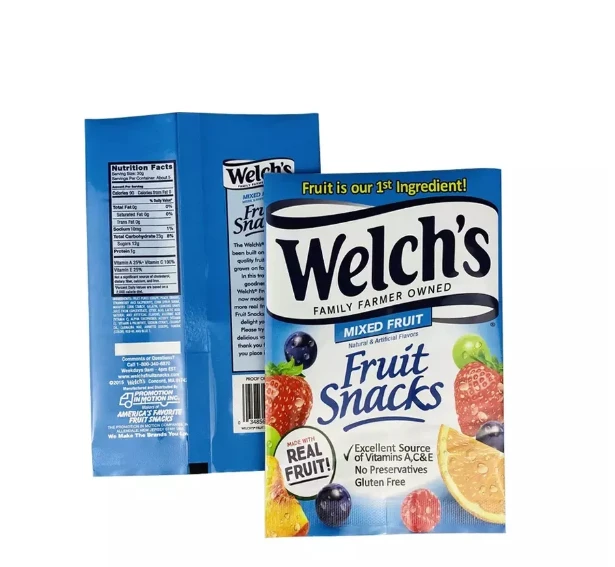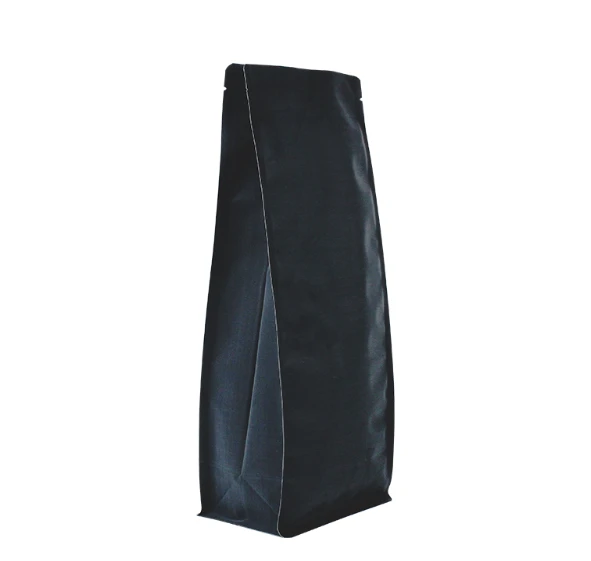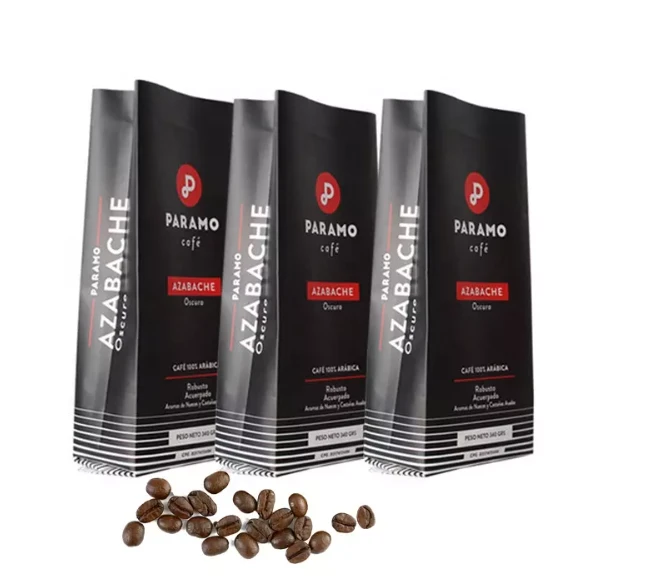- Afrikaans
- Albanian
- Amharic
- Arabic
- Armenian
- Azerbaijani
- Basque
- Belarusian
- Bengali
- Bosnian
- Bulgarian
- Catalan
- Cebuano
- chinese_simplified
- chinese_traditional
- Corsican
- Croatian
- Czech
- Danish
- Dutch
- English
- Esperanto
- Estonian
- Finnish
- French
- Frisian
- Galician
- Georgian
- German
- Greek
- Gujarati
- haitian_creole
- hausa
- hawaiian
- Hebrew
- Hindi
- Miao
- Hungarian
- Icelandic
- igbo
- Indonesian
- irish
- Italian
- Japanese
- Javanese
- Kannada
- kazakh
- Khmer
- Rwandese
- Korean
- Kurdish
- Kyrgyz
- Lao
- Latin
- Latvian
- Lithuanian
- Luxembourgish
- Macedonian
- Malgashi
- Malay
- Malayalam
- Maltese
- Maori
- Marathi
- Mongolian
- Myanmar
- Nepali
- Norwegian
- Norwegian
- Occitan
- Pashto
- Persian
- Polish
- Portuguese
- Punjabi
- Romanian
- Russian
- Samoan
- scottish-gaelic
- Serbian
- Sesotho
- Shona
- Sindhi
- Sinhala
- Slovak
- Slovenian
- Somali
- Spanish
- Sundanese
- Swahili
- Swedish
- Tagalog
- Tajik
- Tamil
- Tatar
- Telugu
- Thai
- Turkish
- Turkmen
- Ukrainian
- Urdu
- Uighur
- Uzbek
- Vietnamese
- Welsh
- Bantu
- Yiddish
- Yoruba
- Zulu
Efficient Liquid Filling Solutions for Various Industrial Applications and Needs
Understanding Liquid Filling Systems A Comprehensive Overview
Liquid filling systems are integral components in various industries, including food and beverage, pharmaceuticals, cosmetics, and chemicals. These systems are designed to efficiently and accurately fill containers with liquid products, ensuring minimal waste and maximum consistency. As production demands increase and product specifications become more stringent, the technology and methods behind liquid filling systems have evolved significantly. This article explores the various types of liquid filling systems, their components, and the benefits they provide.
Types of Liquid Filling Systems
Liquid filling systems can be classified into several categories based on their operation and the type of liquid being filled. The two primary types are
1. Volumetric Filling Systems These systems measure the liquid volume to be dispensed. They can operate using several methods, such as piston filling, gear pumps, or diaphragm pumps. Volumetric fillers are known for their accuracy and are widely used for products that have a consistent viscosity, like sauces, oils, and some pharmaceutical liquids.
2. Gravimetric Filling Systems Instead of measuring liquid volume, gravimetric systems weigh the product. They are extremely precise and are often used in applications where the density of the liquid can vary, such as in the filling of chemicals and certain food products. By utilizing load cells and advanced software, these systems can adjust the amount dispensed in real time to ensure accuracy.
Within these categories, there are further distinctions based on specific applications, such as
- Overflow Fillers Ideal for filling products into clear containers without leaving air gaps. They operate on a “fill to the top” principle. - Counter-pressure Fillers Used primarily for carbonated beverages, these systems maintain pressure during the filling process to prevent foaming.
Key Components of Liquid Filling Systems
Liquid filling systems are composed of several critical components that work together to facilitate the filling process
- Filling Nozzles These are essential for directing the flow of liquid into containers. Different types of nozzles are available, including single or multi-nozzle options to enhance speed and efficiency.
liquid filling systems

- Conveyors They move containers through the filling system, ensuring a continuous flow
. Automated conveyors can synchronize with filling operations for seamless production.- Control Systems Modern filling systems come equipped with sophisticated control systems that monitor filling levels, speed, and other parameters. This technology allows for adjustments to be made quickly and reduces the risk of human error.
- Cleaning and Sanitization Equipment In industries like food and pharmaceuticals, cleanliness is paramount. Integrated cleaning systems help maintain hygiene standards, reducing the risk of contamination.
Benefits of Liquid Filling Systems
Adopting liquid filling systems offers numerous advantages for manufacturers
- Increased Efficiency Automated filling systems can operate continuously, dramatically increasing production rates compared to manual filling methods.
- Cost-effectiveness While the initial investment in filling technology can be substantial, the long-term savings achieved through reduced waste and increased output often outweigh the overhead costs.
- Accuracy and Consistency Advanced filling systems ensure that each container is filled to the desired level, which is critical for compliance with regulations and customer satisfaction.
- Customization Many liquid filling systems can be tailored to accommodate various container sizes and types, making them flexible for different production needs.
Conclusion
In summary, liquid filling systems are vital for industries requiring precise and efficient liquid packaging solutions. With various types and advanced technologies available, these systems provide significant benefits in terms of speed, accuracy, and cost efficiency. As industries continue to evolve, liquid filling systems will likely incorporate even more innovative technologies, further enhancing their capability to meet market demands. Investing in the right filling system can be a game-changer for businesses aiming to optimize their production processes and improve product quality.













